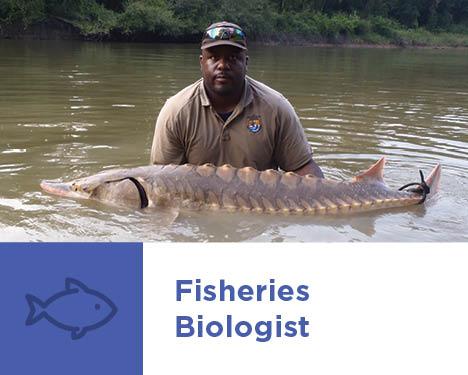Your students work for a nature preserve that is a rest stop for hummingbirds during migration seasons. Summers have been getting hotter and they’ve noticed that the flowers are blooming earlier – they wilt and die before the hummingbirds arrive. Their job is to design a model for their new feeding station.

Try it out!

Use this guide to help your students explore their wildlife biologist research project.

Provide this lab notebook for students to record their observations and reflections during their science explorations.
Materials needed
- Kid safe scissors
- Construction paper, multiple colors
- Lightweight cardboard sheets
- Paper cups, 8-12 oz.
- Plastic condiment cups, 2 oz.
- Masking tape
- Yarn
Additional resources
Use the career card as a visual facilitation aid, so students can see what a Wildlife Biologist might look like.
Nature’s Notebook: Collect data for a citizen science project to help scientists understand how animal behavior and life cycles are changing.
iNaturalist: Identify animals in your environment and share your observations with naturalists around the world.


